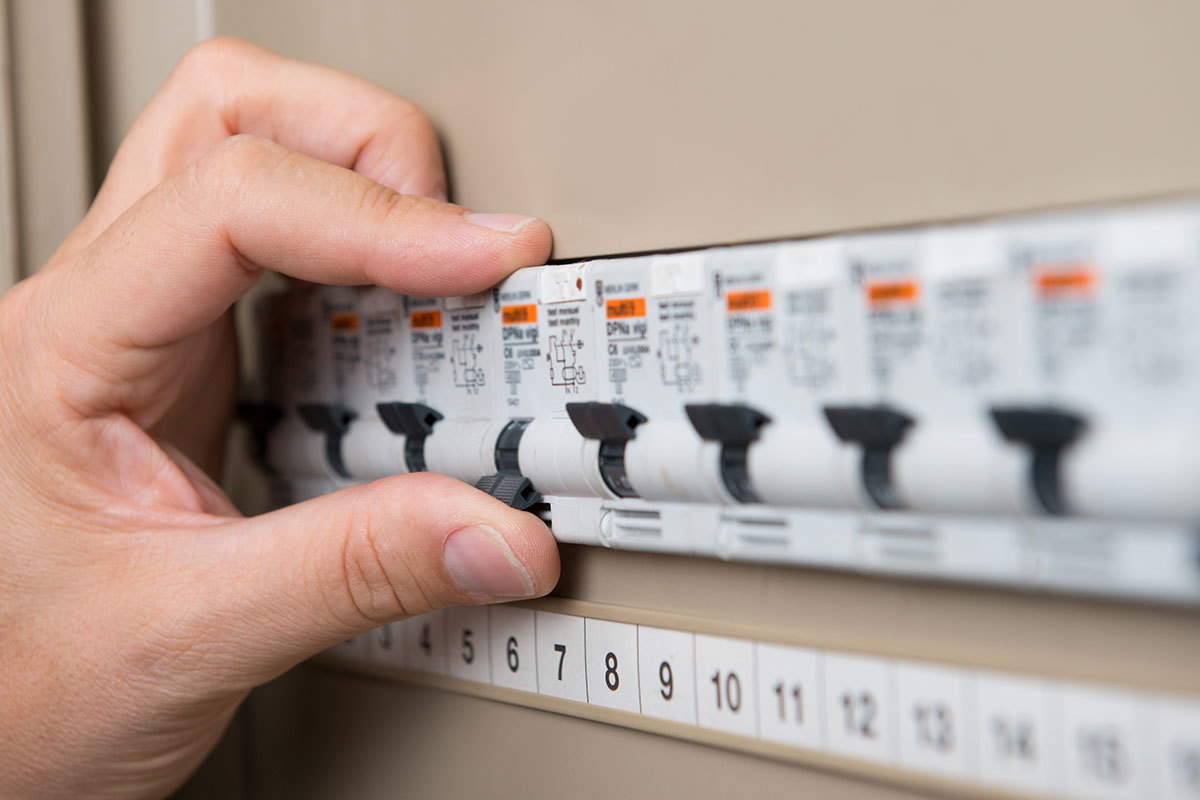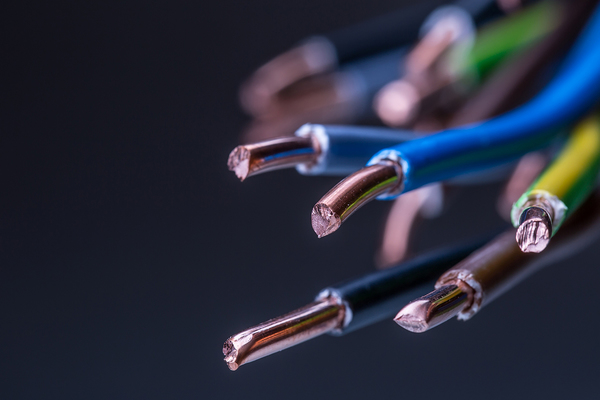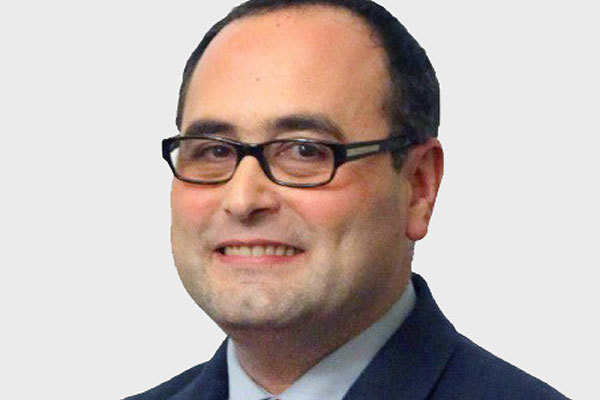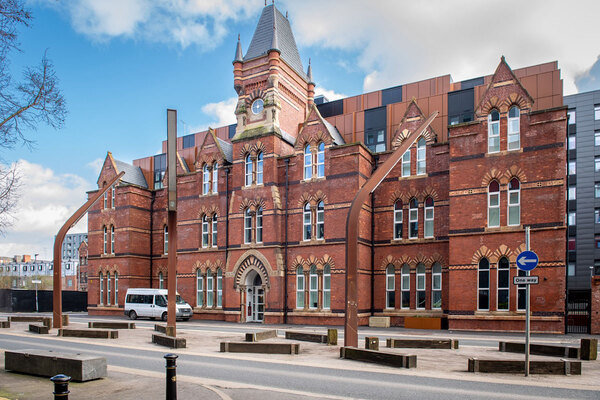You are viewing 1 of your 1 free articles
New electrical code of practice will lead to safer social housing
Experts from housing associations and councils have come together to develop a new code of practice on electrical safety. Kevin Hartshorn explains more
Everyone deserves a safe place to live and compliance is already a high priority for social landlords.
But while many of us do whatever we can to protect our customers, we sometimes struggle with fully understanding exactly what the right thing to do is.
Every year, more than half of all accidental house fires are caused by electricity in the UK. Landlords have a legal requirement to ensure that their properties and any electrical installations are tested and deemed safe prior to any tenancy beginning.
“Electrical testing doesn’t have the same level of focus or regulatory control as gas safety”
However, other than the ‘next inspection’ date on the Electrical Installation Condition Report (EICR), set by the engineer (based on the condition of the installation rather than legislation), there isn’t a specific standard or regulation to determine the continuous electrical safety of our homes.
For Vivid, and for many other housing associations and local authorities across the country, we needed more clarity on how to manage time frames between inspections, stay compliant, deal with hard to access properties and decide who is competent to carry out inspections.
It’s a concern across the housing sector that there’s no standard for electrical safety in social housing. And that electrical testing doesn’t have the same level of focus or regulatory control as gas safety.
So, we were very excited in April last year when we were asked by Ryan Dempsey, chief executive of The Compliance Workbook, to join a small team of experts to form a new sub-group dedicated to social housing convened by the Electrical Safety Roundtable (ESR), a leading forum in the industry.
It was a great opportunity to play a part in changing how the sector manages electrical testing and inspections and improve the safety of social housing customers.
The sub-group was made up of colleagues from housing associations and local authorities across the country. We worked together to develop a code of practice which provides a clear and understandable approach to electrical safety for all social housing providers.
Being able to share experiences, approaches, policies and procedures showed that there was no consistent approach in how housing associations managed electrical safety. Each organisation had their own procedures despite the required outcome of ensuring a safe home being the same.
And the differences in policy within individual organisations often hindered achieving compliance for electrical safety.
Common inconsistencies included:
- How often an EICR should be carried out
- What to do when we can’t gain access to a property
- The competency level for those carrying out the tests
- What is classed as a new tenancy
We discussed and compared how we manage our programmes, assets, compliance and maintenance regimes.
We found that we have similarities, strengths and weaknesses in our approaches and we used these discussions to develop the new code that we presented at parliament on 23 January 2019.
The new ‘Code of Practice for the Management of Electrotechnical Care in Social Housing’ will provide guidance on delivering electrical safety to all social housing providers.
This means the safety of social housing customers will be significantly improved.
Key recommendations include:
- Every social housing provider maintaining a clear policy relating to electrical safety
- Electrical installations being inspected and tested at least every five years and on change of a tenancy or sooner if identified on the EICR
- Unifying the approach taken by social housing providers to gain access to properties and setting out steps which can be taken if access is not granted
Moving forward it’s now in the hands of the ESR members to adopt the new code and not only implement its recommendations into their policies and procedures but also promote the adoption of this as a standard across the sector. We intend to be one of the most vocal advocates of this.
Kevin Hartshorn, head of assets, Vivid











